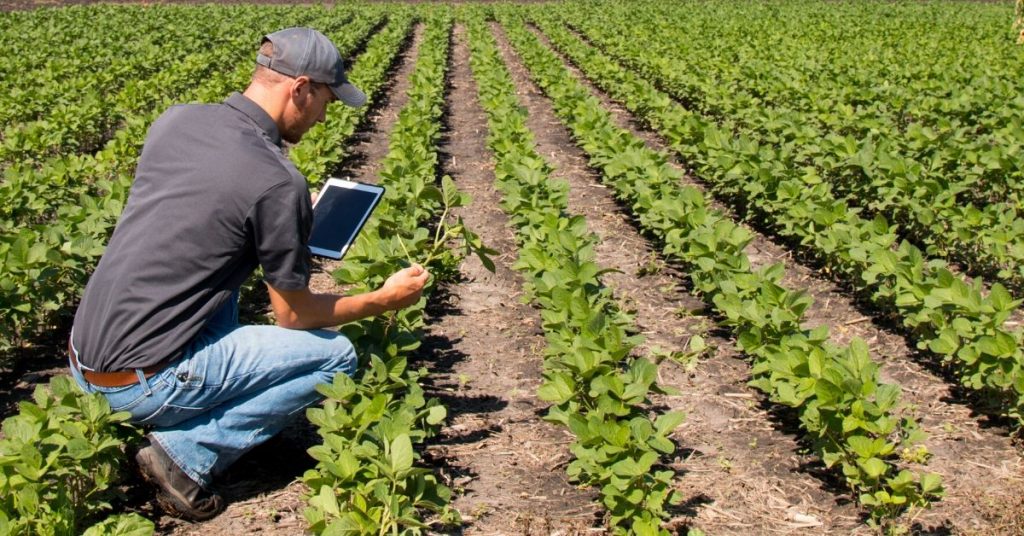Do BioLynceus® products replace commercial fertilizer usage or can fertilizer be decreased?
Our products promote increased efficiency of the use of commercial fertilizers. We recommend that the grower continue a balanced fertilizer program until the biological food web in soil builds sufficient humus reserves to allow reduced fertilizer additions. The biological food web in a balanced soil will produce significant quantities of nutrients for crop growth. It takes two or three years to achieve the biological balance to significantly reduce commercial fertilizer applications.
Why doesn’t my fertilizer company know more about the biological nature of soils?
The importance of soil biological in agriculture has been known for many years. Conventional fertilizers have been successful in improving yields but have not significantly improved soil fertility. Now, many growers have recognized that the productivity of their soil is diminishing. By considering the balance or biological processes and conventional fertilizers, the soil can be improved and returned to a high level of productivity in a few years. By improving the biological nature of soil, growers find that they can reduce the amount of conventional fertilizer necessary to grow high yielding crops. This reverses the trend that most growers are experiencing. Some fertilizer companies are concerned about loss of revenue due to growers needing less fertilizer.
What is the biological food web in soil?
The biological food web is the biological food chain in soil consisting of bacteria, algae, actinomycetes, fungi, protozoa, nematodes, microarthropods, macroarthropods, and earthworms. In a handful of healthy soil in the population of these organisms can exceed the number of people on the earth. The biological food web is the stomach of the soil and provides a humus storage bank of nutrients that the plant can access.
Will BioLynceus® products cause shock or burning of a growing crop?
No, our products will not cause any adverse effects to a growing crop. It contains no harsh minerals but produces a bio-stimulation of the soil food web to increase the biodiversity of the soil. Research has shown that increase in the soil biodiversity causes a direct result in increasing soil fertility.
How often should BioLynceus® products be applied?
Repeated applications during the crop year have proven to be very effective. Our products should be applied frequently throughout the growing season.
I have experienced increasing disease and insect problems. How will BioLynceus® products affect these problems?
Research has shown that weaker plants attract insect and disease. By increasing the biological activity in the soil and increasing the biodiversity of the biological food web in the soil, many diseases are significantly reduced and/or eliminated. As the fertility of the soil increases supporting healthier plants there is less need for insect control as when the soil is out of balance.
How soon after application can I expect results?
The visible results are not immediate, but can usually be seen after two or three irrigations. Generally, improved water penetration and retention are significant. Tight soil conditions are generally improved by increased flocculation and aeration of the soil. This encourages a larger root system that can improve nutrient uptake to the plant. Cultivation and tillage begin to reveal a more mellow soil condition. Digging into the soil reveals that organic matter is converting into humus by the increased biological action. Often earthworms appear more abundant than in the past. Treating soil with Biological Solutions for three years along with good fertilizer and management can significantly increase the basic fertility and productivity of the soil.


